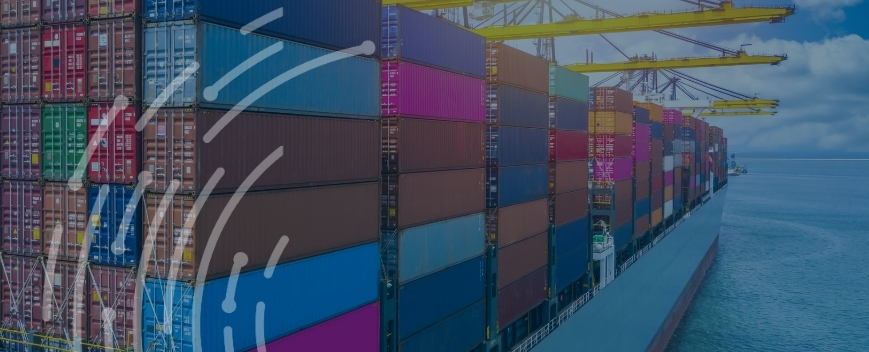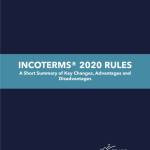Difference Between an Import General Manifest (IGM) and a Bill of Entry

Access trade, receivables and supply chain finance
We assist companies to access trade and receivables finance through our relationships with 270+ banks, funds and alternative finance houses.
Get StartedContents
Differentiating between an Import General Manifest (IGM) and a Bill of Entry can be tricky. Both are legal documents that deal with imports, but there’s important differences in how they work and who is responsible for which document. Understanding how each document works and the differences between them is crucial for exporting and importing companies, helping to avoid delays and increase efficiency in the exporting process.
- How does an IGM work in imports?
- How does a Bill of Entry work in imports?
What is an IGM?
An IGM, short for Import General Manifest, is a legal document that is completed at the destination customs location by the carrier of the goods in a shipment. It contains the details of all the goods in the shipment arriving at that destination, including information about the importer, exporter, and transport vessels.
What is a Bill of Entry?
A Bill of Entry is the legal document that is completed by an importer or his customs house agent. This document needs to be filled out within strict time constraints and given to the customs agency in the importing country to ensure a shipment can pass through without fines or delays.
What’s the difference?
Both the IGM and the Bill of Entry are important legal documents that are needed for a good to pass customs in the country it is entering. The essential difference between them is who is responsible for filling out the document.
The IGM is filled out by the carrier or transport company and details the content of the entire shipment (which can be composed of different types of goods from different companies, depending on the size of the shipment).
The Bill of Entry, on the other hand, focuses specifically on the product being imported, and needs to be filled out by the importer themself (or their customs agent).
How does an IGM work in imports?
An IGM is a document that is prepared by the carrier of the goods with the relevant customs department. The document must contain all the details of the goods arriving at the customs destination.
The details contained in the Import General Manifest include:
Each bill of lading or airway bill that contains details regarding the imports is shown under each line, where there is a serial number that must be indicated in the Import General Manifest. Once completed, the importer must file the necessary Bill of Entry based on the Import General Manifest. This is to ensure that the carrier completes imports customs clearance procedures and formalities.
After that, the details are manually entered into the system. Instead, a customs agent will fill in the details and ensure that every piece of information necessary for the IGM is included.
It is very important that both the IGM and the Bill of Entry are filled out accurately and with the correct level of detail, and especially that the information contained in both matches up. If there are any mistakes or discrepancies found in the Import General Manifest, the import customs location will not accept the clearance documents. The Import Customs Clearance document details must match all the details in the Import General Manifest – otherwise, the carrier and exporter may face long delays, fines, and even legal issues from the customs agencies involved.
How does a Bill of Entry work in imports?
A Bill of Entry is a legal document filled out by an importer or his customs broker with the relevant customs department.
The Bill of Entry includes:
If the importer is a registered taxpayer, the address will be auto-populated. At the end of the document, there are two signature and declaration sections, one for the importer, and the other for the customs house agent.
If the importer fails to file the Bill of Entry within 30 days of the arrival of goods at a customs location, the goods can be subjected to auctioning by the authorities. To prevent an auction of their goods, the importer can request more time from the customs authorities by asking them to extend the date of filling for the Bill of Entry.
However, this request must be made within 30 days of the arrival of goods at the custom destination’s port. In some special circumstances, customs authorities can permit importers or their customs broker to file the Bill of Entry after 30 days have passed since the goods arrived.
Get in touch with our Freight Forwarding networking team here.
Case Study & Testimonial

A Bill of Entry was needed to assist the timely arrival of grain exports being imported from Australia to the Port of Mumbai.
“TFG put us in touch with BOE specialists based locally so that we could continue working on our trade flows for grains and soft commodities with our partners and grow the business on both the import and export side.” – Grains distributer
- All Topics
- Key Terms
- Incoterms Resources
- Podcasts
- Videos
- Conferences















